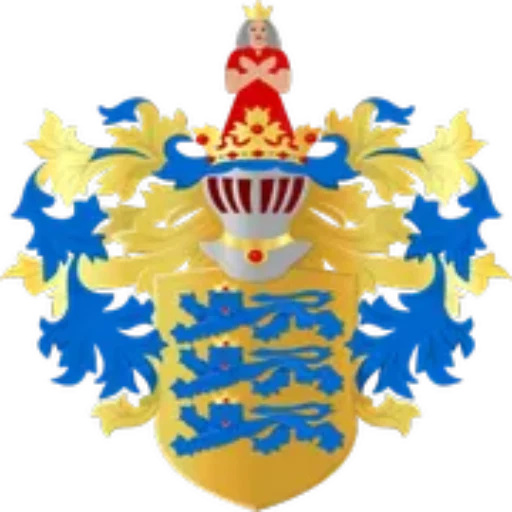The Estonian Open Air Museum, located just a short drive from the bustling center of Tallinn, offers a unique glimpse into the traditional rural life of Estonia. Spread across 72 hectares of lush forest and coastal landscape, this open-air museum is one of the most visited cultural attractions in the country. Here, visitors can explore over 70 authentic buildings, including farmhouses, windmills, chapels, and village shops, all carefully reconstructed to reflect Estonia’s rich cultural heritage.
History and Significance of the Estonian Open Air Museum
Established in 1957, the Estonian Open Air Museum was founded to preserve and showcase the traditional architecture and way of life of Estonia’s rural communities. This museum represents the 18th to 20th centuries, focusing primarily on the rural farmsteads that formed the backbone of Estonian society. Its aim is to ensure that modern visitors understand how people lived in the pre-industrial era, before urbanization took hold.
The buildings in the museum have been relocated from various regions of Estonia, each one reflecting the distinctive architectural styles and building techniques unique to its time and place. For example, visitors can explore a 19th-century farmhouse from southern Estonia or a fisherman’s cottage from the northern coast. By walking through these historical spaces, visitors gain an appreciation for Estonia’s rural heritage, agricultural practices, and the ingenuity of its people.
Highlights of the Museum: Authentic Farmsteads and Traditional Architecture
The Estonian Open Air Museum is home to a variety of fascinating exhibits that showcase Estonia’s cultural diversity. Each building is furnished with authentic artifacts, offering visitors the chance to see firsthand how people lived, worked, and socialized in the past. Some of the highlights of the museum include:
- The Peasant Farmhouses: These wooden buildings were typically constructed from local timber and display the practical yet elegant craftsmanship of rural Estonians. The interiors include functional kitchens, living areas, and stables, offering a complete view of day-to-day life.
- Chapel and Village School: These structures reflect the social and spiritual aspects of rural life. The 19th-century wooden chapel is a quiet place for contemplation, while the schoolhouse reminds visitors of the simple yet important role education played in village communities.
- Windmills and Watermills: Estonia’s agrarian economy was heavily dependent on these mills, which are displayed in various forms at the museum. Windmills were commonly used to grind grain, while watermills provided power for other farming processes.
Events and Activities at the Museum
The Estonian Open Air Museum offers much more than static exhibits. Throughout the year, the museum hosts a wide range of cultural events, festivals, and workshops. One of the most popular events is the annual Christmas Village, where traditional Estonian Christmas customs are brought to life with music, crafts, and authentic food. Visitors can also participate in seasonal fairs, folk dance performances, and even traditional cooking workshops.
For those interested in hands-on learning, the museum offers craft workshops where visitors can try their hand at traditional skills such as weaving, blacksmithing, and pottery. These activities not only bring history to life but also help preserve Estonia’s artisanal heritage.
Practical Information for Visitors
Located in Rocca al Mare, about 15 minutes from Tallinn’s city center, the museum is easily accessible by public transport or car. The site is open year-round, with extended hours during the summer months. Tickets are reasonably priced, with discounts available for students, children, and seniors. Visitors should plan to spend at least a few hours exploring the grounds, as the expansive layout requires some walking. A guided tour is highly recommended to fully appreciate the historical context of the exhibits.
The museum also features a charming on-site café, where visitors can enjoy traditional Estonian dishes made from local ingredients. A visit to the museum shop is the perfect way to end the day, with an opportunity to purchase handcrafted souvenirs and gifts.
The Estonian Open Air Museum in Tallinn is a treasure trove of history and culture, offering a fascinating journey into the everyday lives of rural Estonians from centuries past. Through its carefully curated exhibits, authentic buildings, and interactive workshops, the museum not only preserves but celebrates Estonia’s rural heritage. Whether you’re a history enthusiast, a lover of architecture, or simply looking for a unique cultural experience, the Estonian Open Air Museum is a must-visit destination. By immersing yourself in this beautifully preserved slice of history, you’ll leave with a deeper understanding of Estonia’s cultural identity and the resilience of its people.

